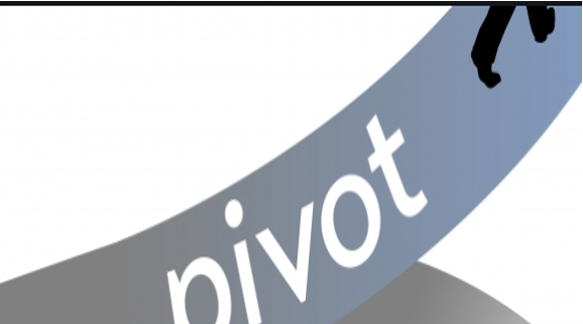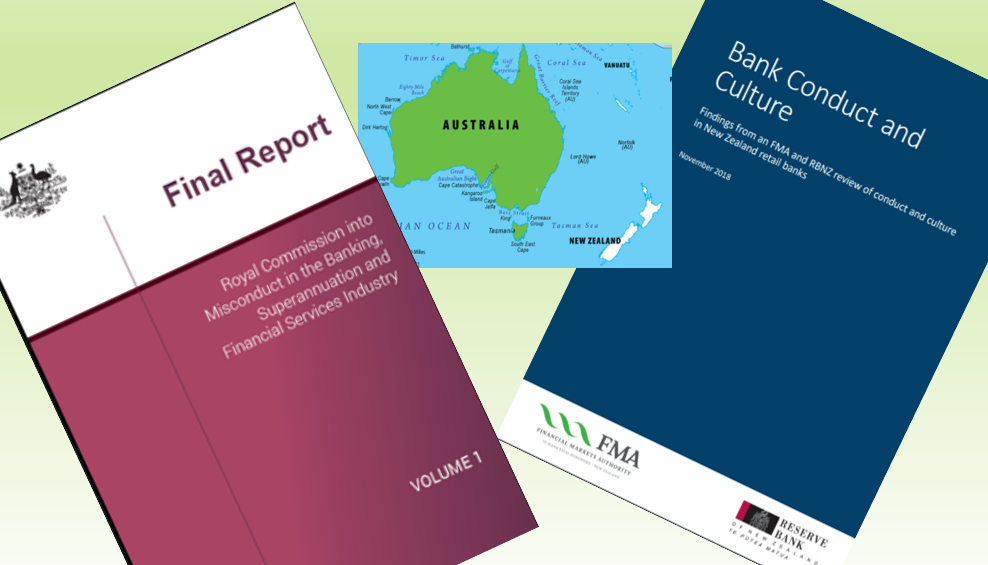Address Current Issues
|
2020 was totally unexpected.
2021 is not and your response is being calculated. Addressing current issues is key to satisfying shareholders |
|
Applying Our Skills to Solve Current Issues
|
|
|





